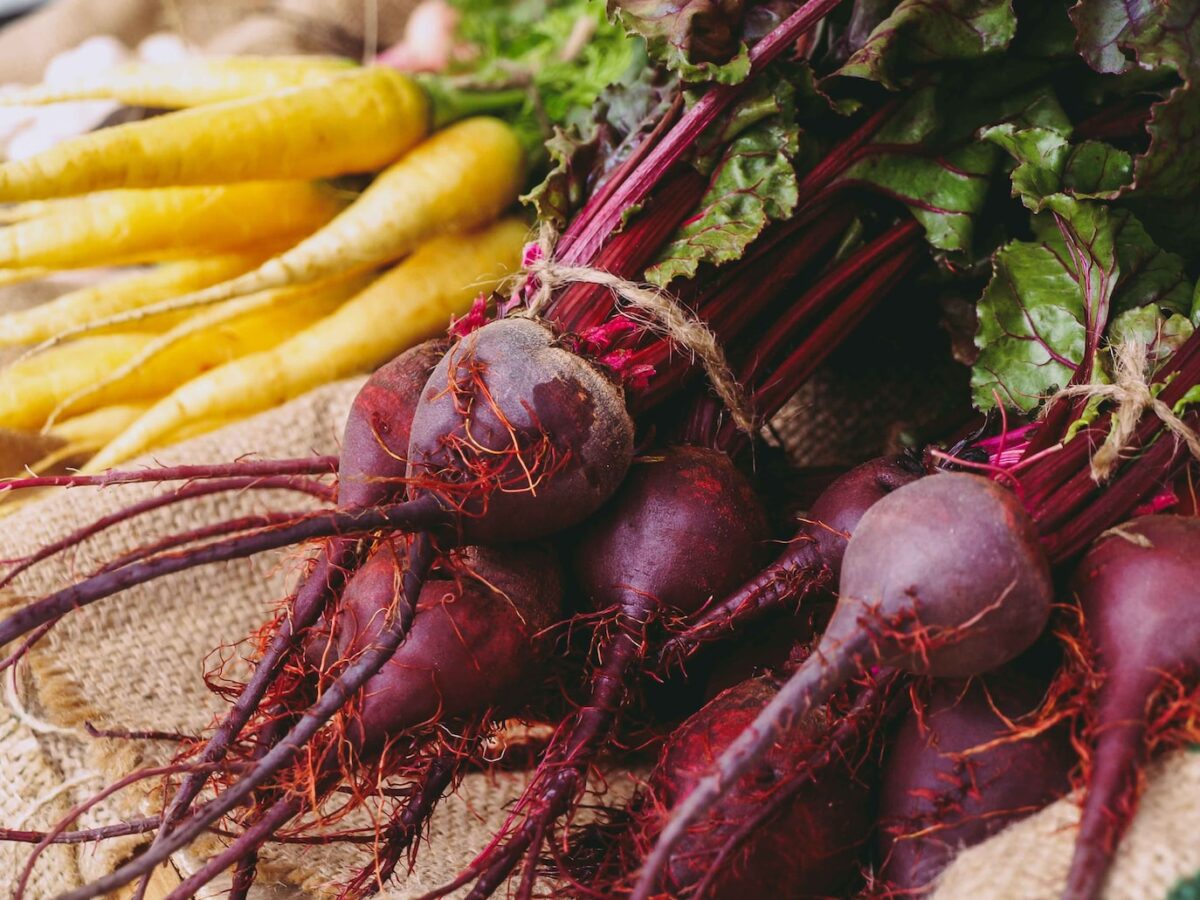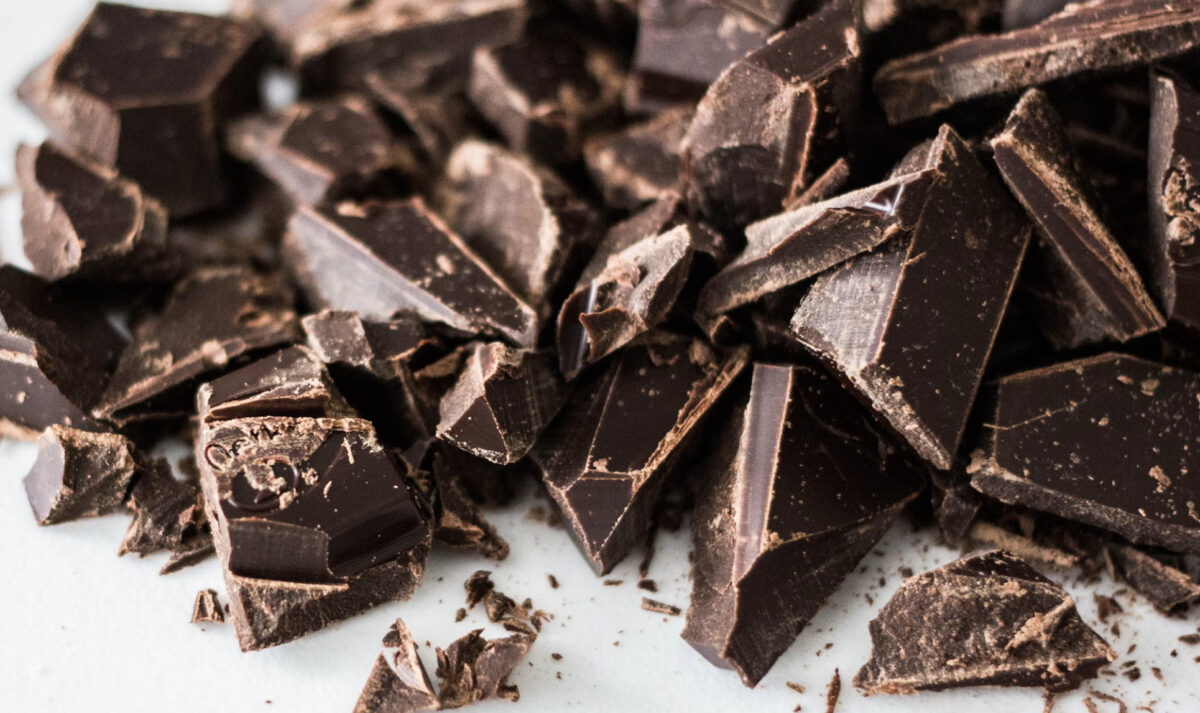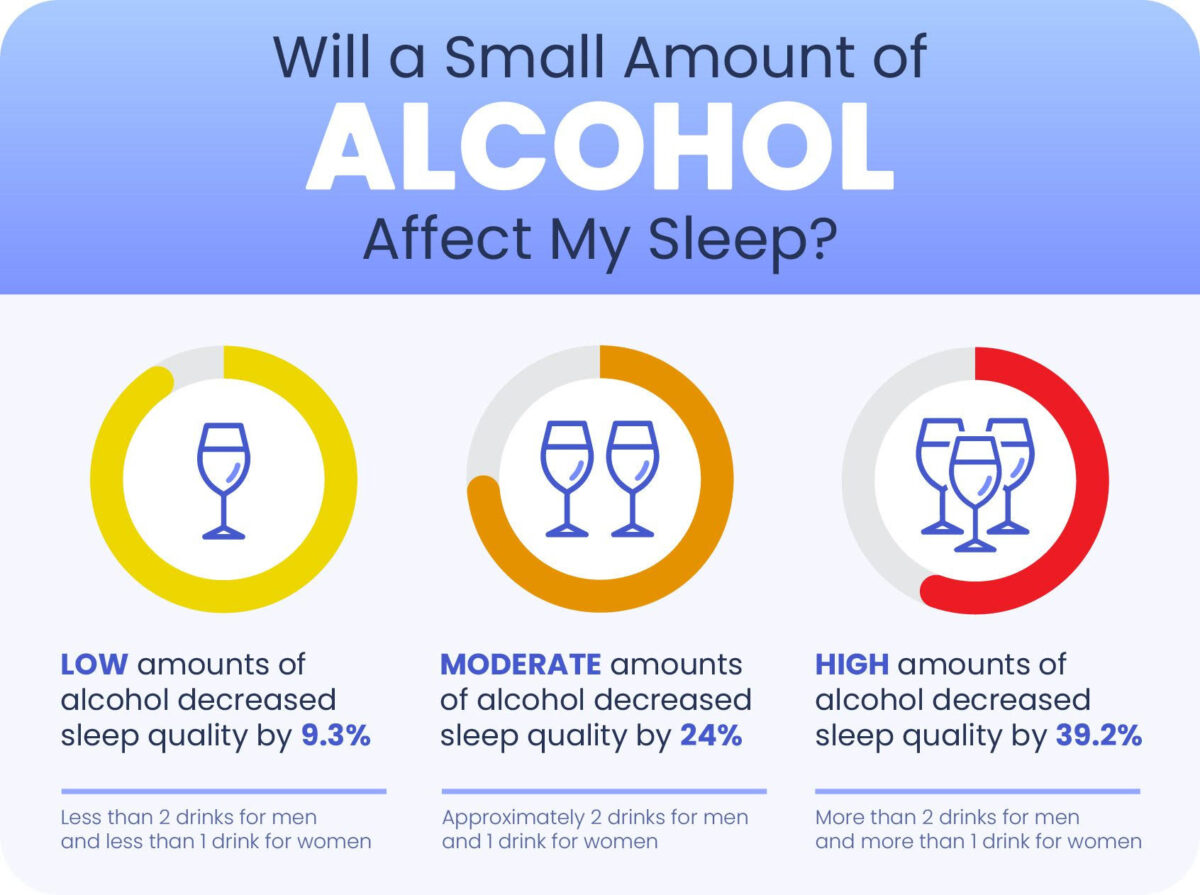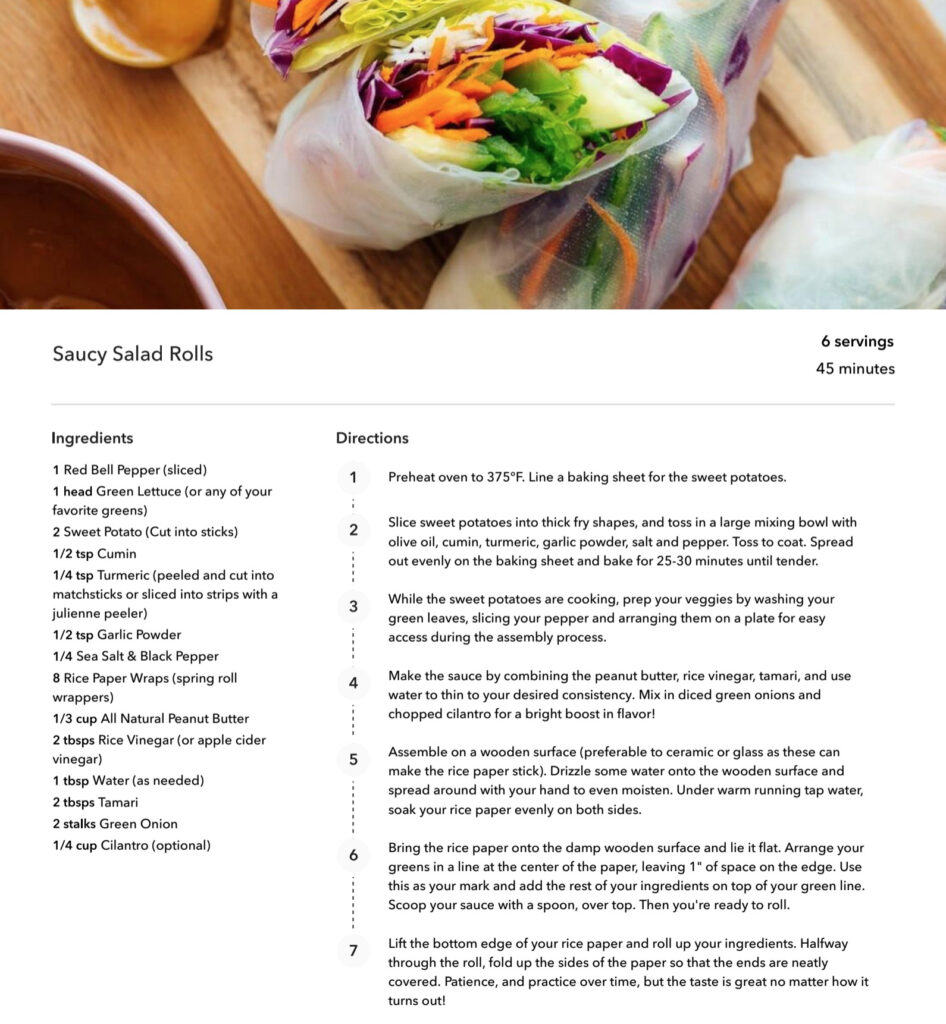By Dr. Tamara Kung, ND
Eating locally is considered to mean food that has come within a 150 mile or 240 km radius. In contrast, the average produce can travel as far as 1,500 miles (2,415 km) which costs a larger carbon footprint.
For sustainability reasons, many people are opting for locally grown produce. But what may keep local foods on the radar, and part of a regular practice are some of the deliciously big benefits.
Nutrition Content:
Most foods that you find at a farmer’s market would have been picked within 24 hours of you purchasing it. This is important regarding the nutrient density of foods as once food is separated from its source of nourishment; the quality of nutrition begins to degrade. So, when we are eating blueberries for their antioxidant properties, they are at their most powerful anti-inflammatory abilities shortly after being picked..
Satisfaction Factor:
Foods are way more delicious when picked at their peak ripeness. The flavours and the aroma of freshly picked foods have much more depth and intensity than a food that’s been withering away for weeks. This is the experience when you pick herbs fresh from the garden and its smells delightfully fill the room as you prepare it.
Diversity:
Eating locally opens up your repertoire to seasonal produce andadds variety to what you’d normally put into your basket. You may see colour variations like purple cauliflower or realize that squashes are piling up at the front of the produce sections. This helps prompt you to diversify your diet which is half of the equation of what it means to eat healthily.
Community:
When you eat locally, you have more opportunities to meet and connect with the growers or distributors of your food. You get to see the actual supply chain from which your food is being delivered to you and that can build a sense of trust and pride in the quality of your foods. Sparking up conversations on variety, flavour, location are all great topics to dive into with your fellow shoppers, growers and sellers.
Seasonal Spotlight:
Beets reach their peak sweetness during the cooler months of fall and spring, and provide a visual pop to any dish. It can be as simple as raw and grated with your meals, roasted with salads, made into curries, or for the cooks out there, into a beautiful lasagna.
Three types of beets
1. Red = rich and earthy great for roasting, grating raw, pickling
2. Candy Cane = crunch & sweet great raw
3. Golden = mild and starchy great for roasting, grilling, steaming
Pro Beet Tips:
• Selection: Choose smooth, firm medium-sized beets (giant ones can be more bitter)
• Storage: in a cool dry cellar for months, or the fridge for weeks. Trim off beet greens (see next tip) because the greens quicken the root rot
• Beet Greens: part of the spinach and swiss chard family, trim them 1 inch from the root and enjoy in any way you would spinach or chard. Examples include tossed in salads, stir fried with garlic, olive oil & lemon, folded into pasta dishes, simmered with stews, soups and curries.
• Lock in the colour: cook unpeeled (use a vegetable brush to scrub the edible skin), peel and slice just before serving
Beet Recipe Inspirations:
• Sliced in arugula salads, with roasted pecans, pear, goat cheese, olive oil and balsamic vinegar.
Cappelli, Lucio, Ascenzo, Fabrizio D, Ruggieri, Roberto & Gorelova, Irina (2022). “Is Buying Local Food a Sustainable Practice? A Scoping Review of Consumers’ Preference for Local Food.” Sustainability, 14(2).10.3390/su14020772
Frieler, B. (2017, May 1). 10 benefits of eating local food. Bastyr University. Retrieved March 7, 2022, from https://bastyr.edu/news/health-tips/2017/05/10-benefits-eating-local-fo…
Honeycutt, E. (2017, December 21). Why buy local food? it’s healthier for you and better for the environment. Food Revolution Network. Retrieved March 7, 2022, from https://foodrevolution.org/blog/why-buy-local-food/
Rather, I. A., Koh, W. Y., Paek, W. K., & Lim, J. (2017, November 17). The sources of chemical contaminants in food and their health implications. Frontiers in pharmacology. Retrieved March 7, 2022, from https://www.ncbi.nlm.nih.gov/pmc/articles/PMC5699236/
Wunderlich, S. M., Feldman, C., Kane, S., & Hazhin, T. (2008, February). Nutritional quality of organic, conventional, and seasonally grown broccoli using vitamin C as a marker. International journal of food sciences and nutrition. Retrieved March 7, 2022, from https://pubmed.ncbi.nlm.nih.gov/17852499/












